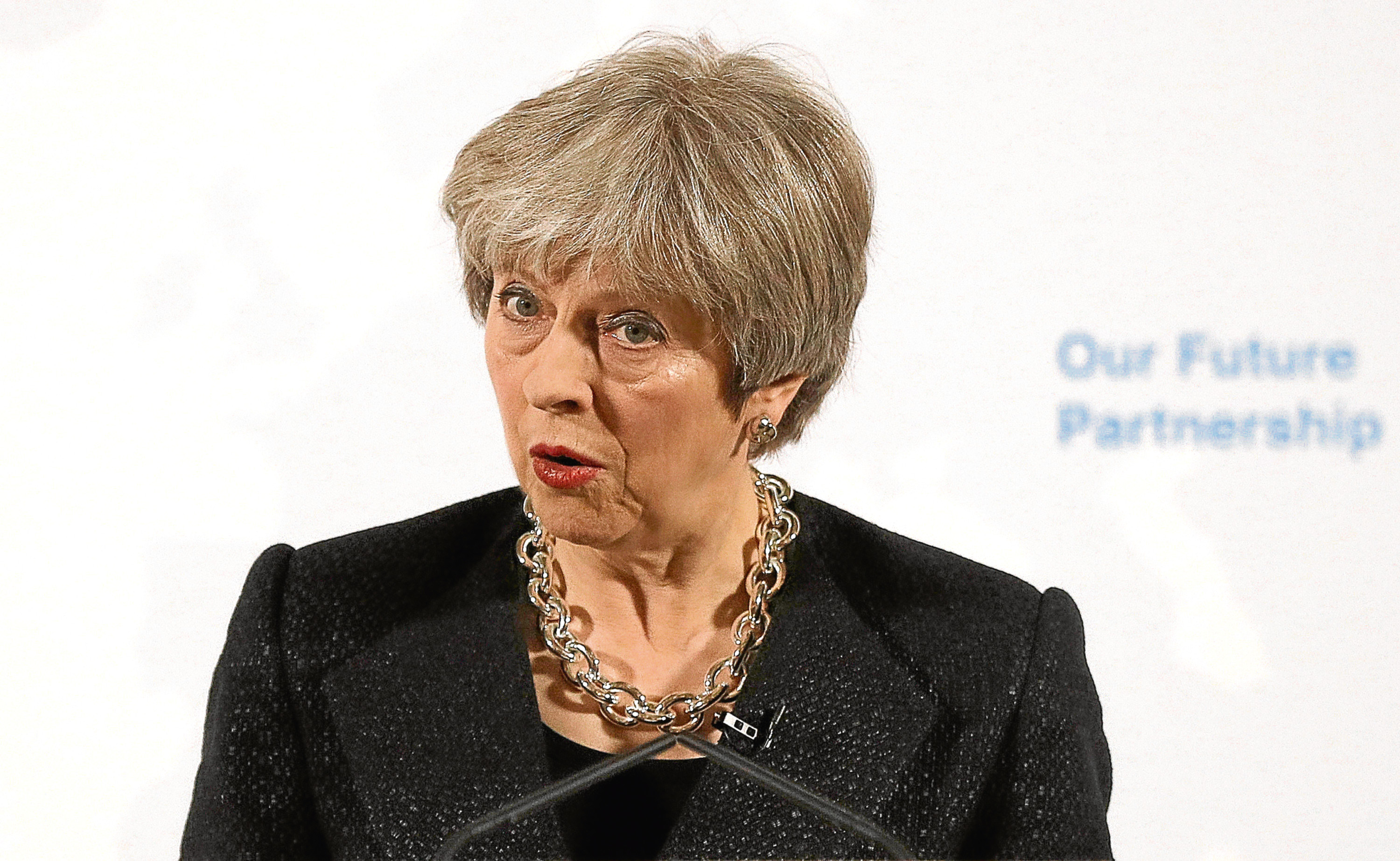
A “Road Closed” sign parked at the entrance to where Theresa May gave the sixth and final speech on her government’s “Road To Brexit” afforded a neat analogy of EU negotiations so far.
As we reach what May has described as a “crucial moment” in the Brexit negotiations, what was her message on Friday other than a confirmation that leaving the EU is to commit to national self-harm and that her five tests for leaving are a road to nowhere?
Arguably, it was one of her best Brexit speeches so far, at least since those heady days when she campaigned for Remain. But as one cheeky German journalist put it: “Do you think it’s all worth it?”
May side-stepped the rhetorical question repeating that we had voted to leave but the senselessness hung in the air, all the same.
Apparently, our Prime Minister wants the freedom to trade with other countries, to take back control, to have frictionless borders and to build the kind of country we want it to be. She wants, in short, the same vague, mulchy, platitudinal vision for Britain she has always wanted. But the EU wants details.
She knows what she wants cannot be delivered. Where is the statecraft in refusing to acknowledge her demands are mutually incompatible?
May says she wants Britain out of the single market and the customs union yet she has no truck with an EU/UK border in the Irish Sea or with the reinstatement of a hard border for Ireland.
This was, yet again, a wish list of what the UK wants out of a deal with the EU, despite much of it already being requested and rejected.
Finally, she said she would do nothing to damage “this precious Union” when what the Brexit negotiations have so far exposed is a complete disregard for the devolved administrations. This Union is already unstuck. And she is to blame.
Scotland, Wales and Northern Ireland have become an irritation or an afterthought in the struggle for Theresa May to reconcile the factions within her own party while at the same time helping shore up her premiership.
Over the last few weeks we have seen the UK Government blame the SNP for derailing potential trade talks with the rest of the world, that haven’t yet happened.
We have seen the Good Friday agreement traduced to a journey within Zone 1 on the London Underground.
We have had both Welsh and Scottish governments issue emergency measures in the form of “continuity bills” to prevent a so-called power grab by Westminster once Britain formally leaves the EU.
And in an extraordinary move we have seen the Irish Prime Minister make a plea to Sinn Fein to take up their seats in the House of Commons to thwart a hard Brexit damaging us all.
Theresa May has done more to unite the component parts of the UK against her than to re-unite a divided nation.
These are unprecedented and potentially dangerous times and one of the fundamental flaws of the UK’s approach to negotiations with the EU is that Mrs May is still dealing in politics.
The EU is, and will be, dealing in rules.

Enjoy the convenience of having The Sunday Post delivered as a digital ePaper straight to your smartphone, tablet or computer.
Subscribe for only £5.49 a month and enjoy all the benefits of the printed paper as a digital replica.
Subscribe